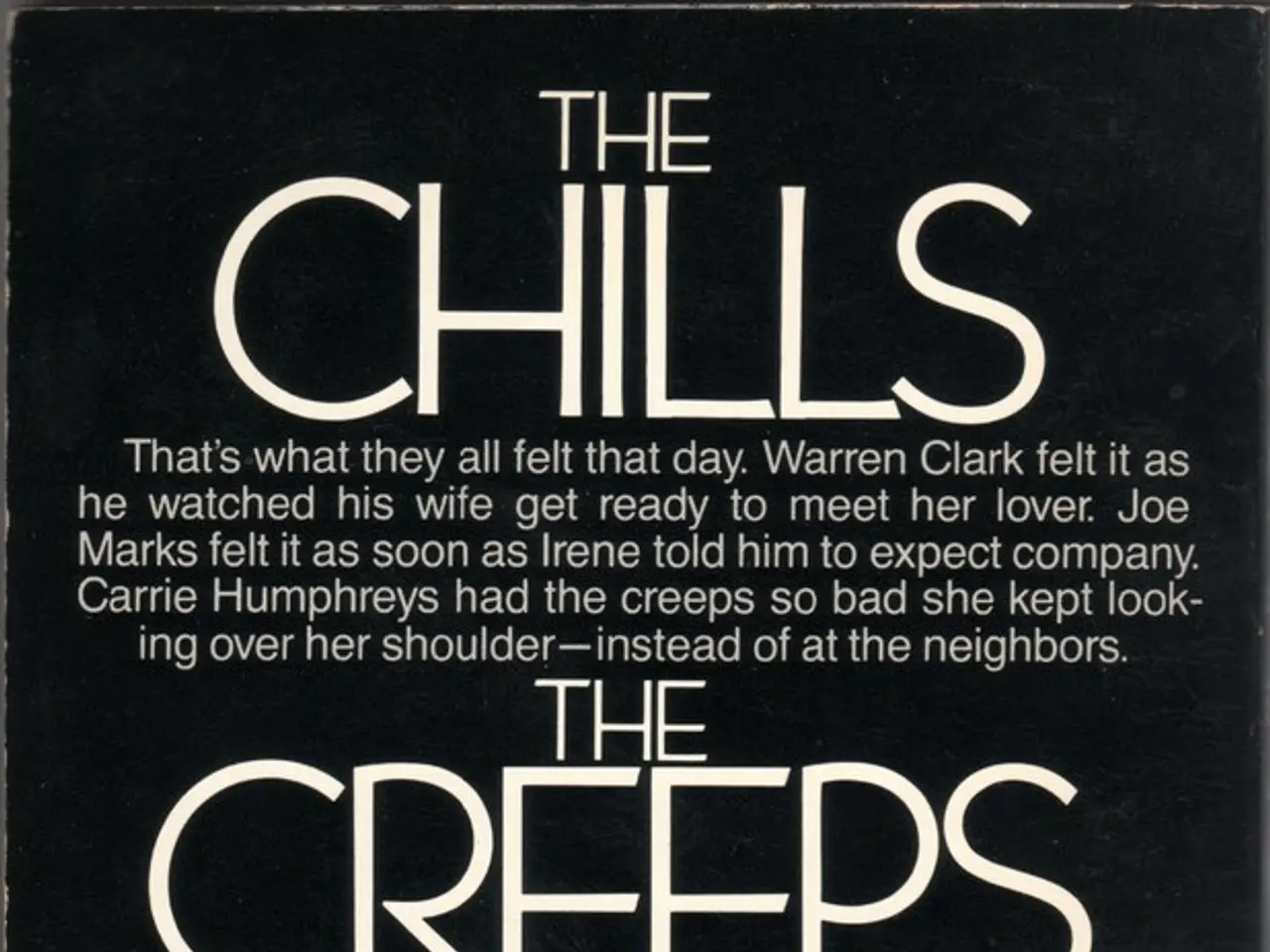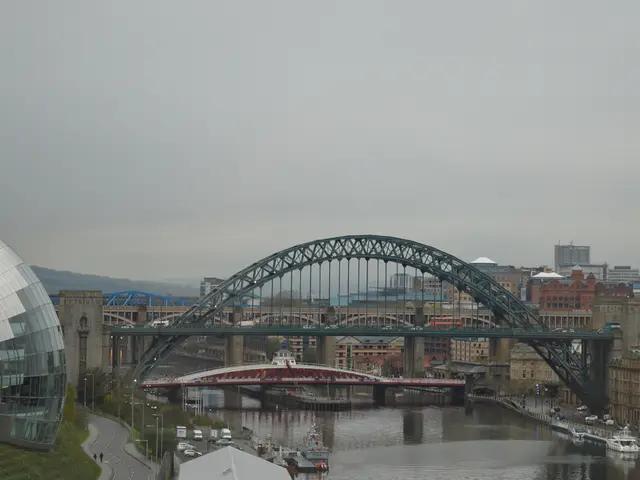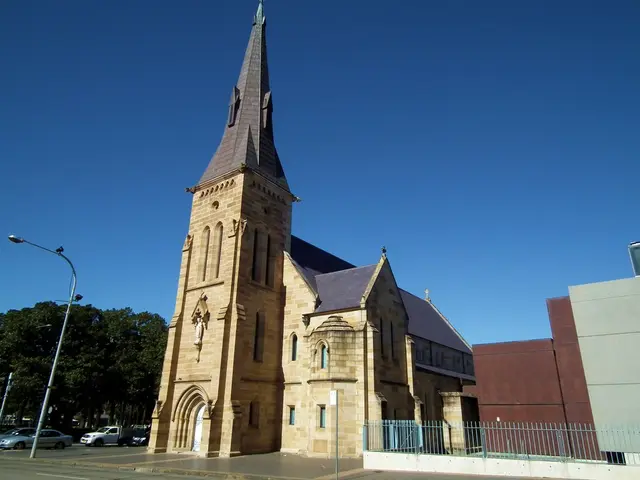Understanding Hobo Code: Examining its Symbols, Interpretations, and Beyond
In the early 20th century, particularly during the Great Depression, a unique system of communication was born among transient workers, or hobos. Known as the Hobo Code symbols, this practical language was used to convey information about safety, resources, and conditions in various locations while traveling.
The Hobo Code, established around 1889 in America, formalized some principles of honor and behavior among hobos. This code and the symbols it inspired were a grassroots response to the hardships and instability faced by itinerant workers who relied on trust and discreet communication networks.
One of the key principles of the Hobo Code was respect for the law and local officials. Hobos were instructed to be gentlemen at all times when in town, ensuring a peaceful coexistence with the communities they passed through.
The Hobo Code symbols were essential for survival and connection in the harsh economic conditions of the Depression era. They enabled hobos to navigate safely and find support despite widespread poverty and suspicion. The symbolic system represents one of the lesser-known but historically significant informal communication codes in American culture.
For example, a top hat above and to the side of a triangle indicated the presence of wealthy residents. An inverted triangle with a horizontal line across the top was a specific message to fake an illness. When hobos saw a simple line or several circles, it meant that there was a good chance they could make money there.
Other symbols warned of danger. A stylized drawing of a knife meant that a dishonest man lived in that location. The image of a dog, with an "x" or inverted triangle through it, represented a bad or dangerous dog. When hobos saw an upside-down triangle, they knew that a particular road was "spoiled."
Symbols also provided hobos with crucial information about resources. The wavy line symbol appeared on its own, it most likely meant that hobos could find clean drinking water in the area. Similar to the sign for a church, a cross in this context also meant that hobos could find food within a religious setting.
A stylized barn, usually appearing with a circle inside and 2 wavy lines on top, meant that hobos could sleep in the barn or hayloft. The image of a house with a horizontal slash through the front door meant that hobos would encounter a heavily guarded home. The symbol indicating that a policeman lived there looked like an antenna.
The network of hobos was close-knit, and it was the responsibility of hobos to help others they met along their travels. The "cops active" symbol, represented by an open eye, warned hobos to be cautious. The "cops inactive" symbol, resembling a closed eye, indicated that law enforcement was not a concern.
The image of a circle with a curly line through it indicated there was either a courthouse or a police station nearby. The "afraid" symbol, depicted as 2 interlocking rectangles, warned hobos to be wary. The message for a dangerous place was simple—it instructed hobos that the place wasn't safe, and to not enter (or get out).
The drawing of a top hat indicated a kind gentleman lived there, offering food, shelter, or work to hobos. The "spoiled" road was signified by an upside-down triangle, while the "spearhead" symbol warned that other hobos needed to prepare to defend themselves.
The symbol for a trolley stop or a passing trolley was simple—it looked like 2 interlocked circles. The "anything goes" symbol, represented by two vertical lines, usually appeared alongside other symbols, suggesting no rules around finding free food or getting work.
The "here is the place" symbol was an image of a square with a slanted roof, resembling a house and telling hobos the town, house, or location was safe for them. The "thirsty hobos can find clean water" symbol was a wavy line with an "x" and circles on either side.
Being a hobo meant always looking for work or other ways to make money. Relying on others was something hobos could do, but it was equally as important not to over-rely. Hobos were encouraged to avoid being "stupid drunk" and to "boil up" or bathe themselves so they didn't offend others they were traveling alongside.
The Hobo Code and its symbols were a testament to the resilience and resourcefulness of the transient workers who used them. Despite the hardships they faced, hobos created a system of communication that helped them navigate the unknown and build a sense of community in a time of great need.
- In the early 20th century, a system of symbols called the Hobo Code, originated around 1889 in America, was used by hobos to communicate about safety, resources, and conditions during their travels.
- One symbol in the Hobo Code, a top hat above and to the side of a triangle, indicated the presence of wealthy residents.
- The image of a house with a horizontal slash through the front door meant that hobos would encounter a heavily guarded home.
- The "cop inactive" symbol, resembling a closed eye, indicated that law enforcement was not a concern for hobos.
- The "fearful" symbol, depicted as 2 interlocking rectangles, warned hobos to be wary of potential dangers.




